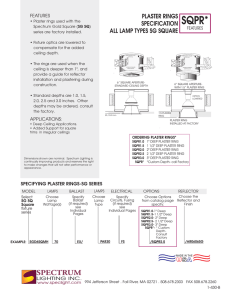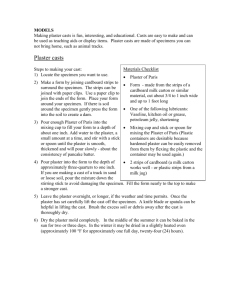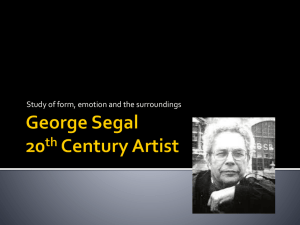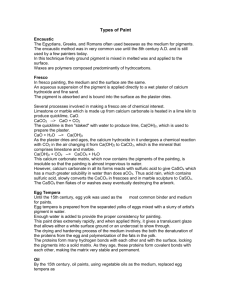Roman Wall Painting
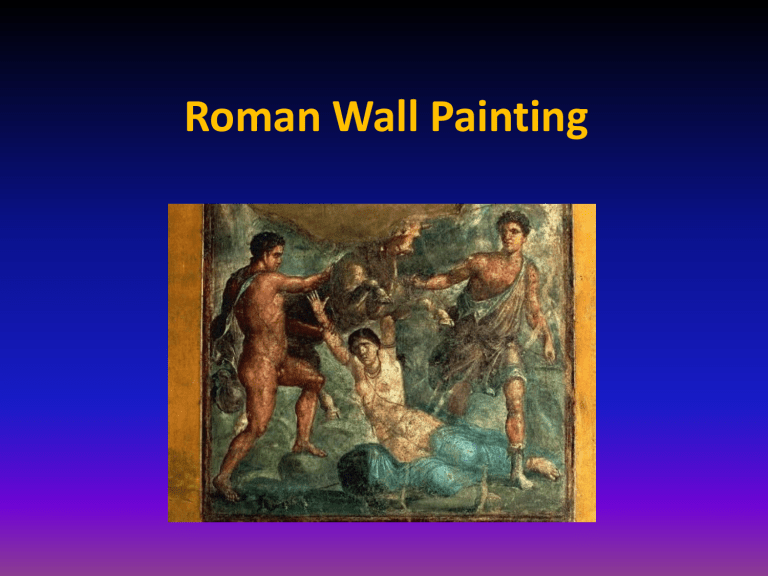
Roman Wall Painting
Pompeii
• Pompeii was not an artistic centre but a small seaside resort.
• There may have been regional differences and differences in personal taste in the art work found there.
• Paintings there are dated from
200BC to 79 AD
Pompeian Paintings
Quality of paintings depended on the skill of the artist and the cost of the work
Paint was applied to wet plaster
Alabaster dust was superior to plain white paint as a surface
Paint
• The paint quality varied
• Cinnabar from Spain was more expensive than local earth pigments such as red ochre
Expensive Pigments
• Cinnabar – deep red
• Gold leaf
Basic Pigments
• Red-red ochre or haematite
• Black – soot
• White – chalk
• Yellow – yellow ochre
• Green – terre verte (different minerals)
• Blue – copper calcium silicate
Painting
• Walls were painted while still wet and could not be moved
• The last layer of plaster was applied to the section of wall that could be finished
• Walls were therefore divided into sections; giornata di lavoro
• Walls were often divided into three sections horizontally - dado, middle, upper
• Paintings were rarely finished in one go
• The picture was ‘etched’ onto the wet plaster and essentially ‘coloured in’
• Sometimes different artists were employed to complete different sections
Sometimes important sections were done in the artists studio and inserted into the finished space on completion
Plastering
• Wall had to be rough enough to hold the plaster
• Plaster was made from lime
(calcium hydroxide) and water.
• Sometimes grit was added to aid the drying process
• For top coats the ‘grit’ was often marble dust
• Wealthy patrons could afford up to 6 layers of plaster applied
Tradesmen’s Tools
• Applied with a trulla – a trowel
• Smoothed with liaculum – float
• Sometimes applied with thick bristles
The Four Pompeian Styles
The First Style
• Dating from first century BC
• Also called masonry style
• Copied from Hellenistic styles
• Plaster was applied to resemble cut stone blocks
• Often painted to resemble different types of stone such as marble or alabaster
The Second Style
• 80BC
• Light source incorporated into the painting to make columns appear real and includes shadows
• Gives a three dimensional quality
House of the Gryphon in Rome
Note three sections
• The Second style developed into ‘wide open’ scenes where myths and real people could be seen
• The Villa of the Mysteries shows two contrasting panes – the flat wall and the figures
• The room is ‘opened up’
The Third Style
• Return to a ‘flat’ wall
• Monochromatic colours – black white red
• Three levels of wall
• Overlaid with fantastical ornamental detail
• Columns are now thin and spindly and often replaced with candelabra
• Small scenes‘sacro-idyllic’ scenes were popular
• This style was fashionable for decades
The Fourth Style
• Eclectic
• Combines illusion of the Second Style with the delicate architecture of the Third
• Many houses were redecorated in the Fourth Style after the earthquake of AD62 and continued in popularity after Vesuvius
• It also consisted of a central panel with a glimpse of outdoors through a narrow opening
• A second panel resembling a tapestry
• Borders of a ‘fabric’ style
• Top panel architectural vignettes
• Bottom section ‘dado’ is plain
• Elaborate decoration is essential to the Fourth Style
• Miniature animals and mythological people appeared
• Floral garlands were also popular
• Influenced by Fabullus who painted Nero’s
Domus Aurea
Bibliography
Campbell, Jonathan. Roman art and
Architecture, Longman, Auckland, 2002.
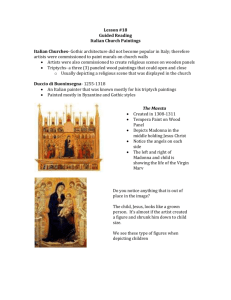
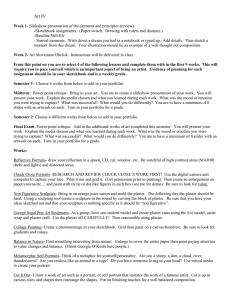
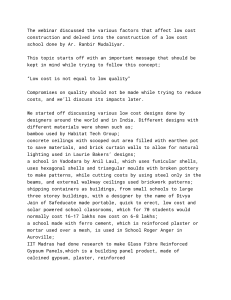
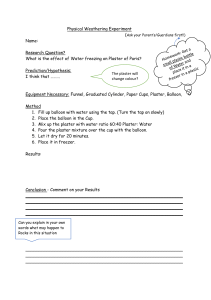


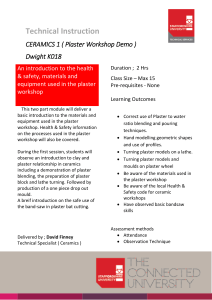
![First Aid Training : Bronze [Power Point]](http://s2.studylib.net/store/data/005424634_1-e0b0e5e602f7c1666ebc2e9ff3f4a1b5-300x300.png)
